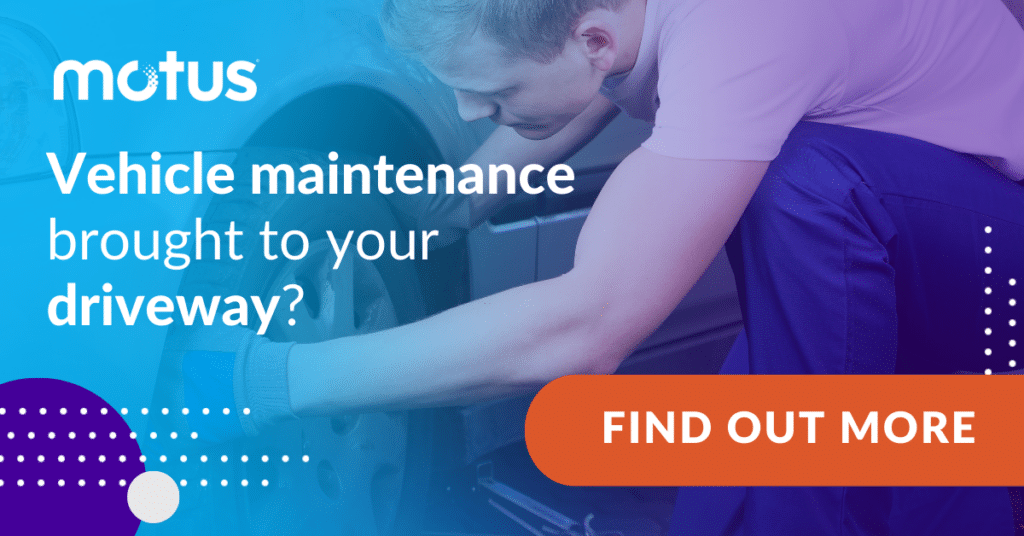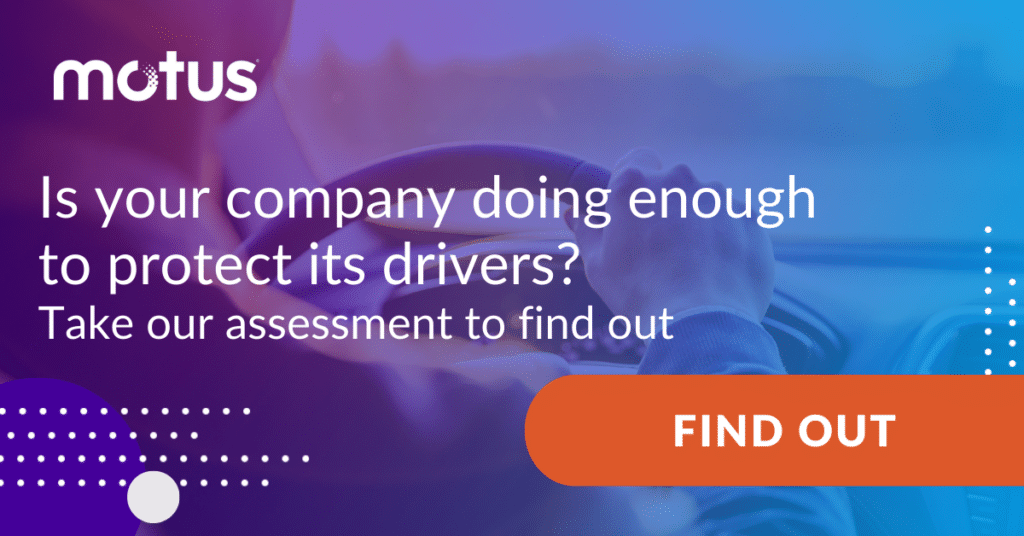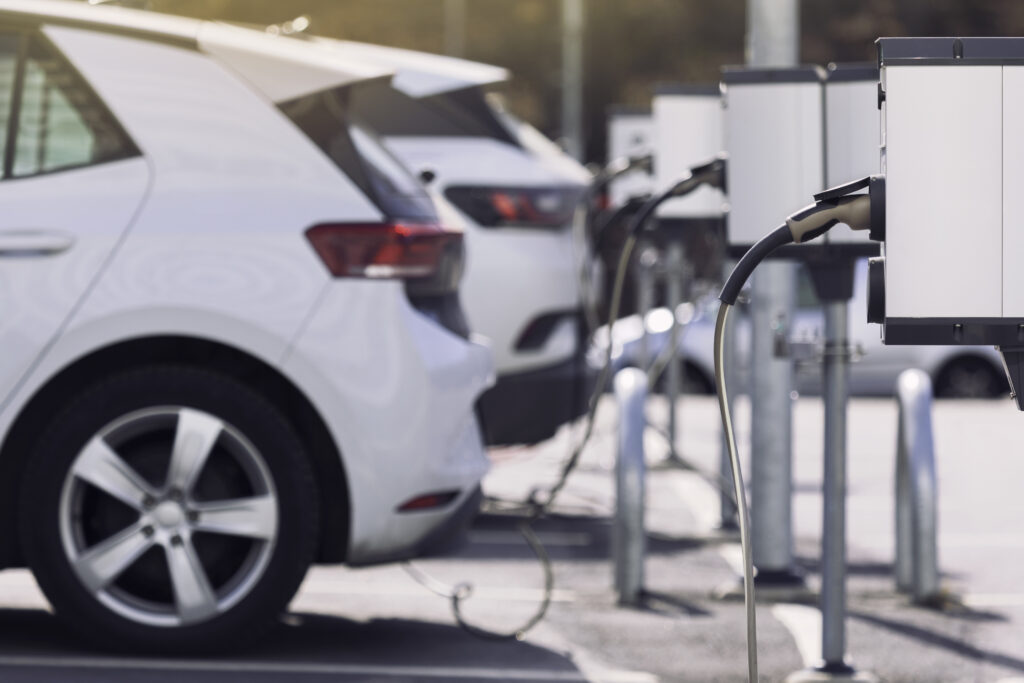In today’s post we’re talking distracted driving and prioritizing your driver safety program. But before we dive in, let’s start with a wild fact. Did you know you’re more likely to lose your life to a falling vending machine than a shark attack? Jaws, Deep Blue Sea, Sharknado and other movies might lead you to believe otherwise. But the risk of death by shark bite is around 1 in 250,000,000. Risk of fatality in a vending machine accident is 1 in 112,000,000.
Part of the reason soda and snack dispenser pose more of a threat? We’re around them more. The amount of people spending their 9 to 5 in a building with at least one vending machine far outweighs the number of people beneath the ocean’s surface. That’s the issue with vehicle accidents. Day in and day out, millions of people are on the road. Accidents are inevitable. But with the right driver safety program, your company can help protect driving employees.
Let’s have a look at what mobile workers and their employers can do to prioritize safety on the road.
The Current State of Distracted Driving
According to the most recent data from the National Highway Traffic Safety Administration, around 3,000 people die each year due to distracted driving behavior. That behavior can range mobile from using a mobile device, driving while fatigued, to speeding. Over half of the states have already implemented legislation to prohibit the use of a mobile device while driving. And that’s a great way to discourage distracted driving behavior. But people still drive with distractions.
It’s impossible to control an individual’s driving behavior. You can, however, ensure your employees know how to act in different situations. That knowledge can be the difference that mitigates a costly accident.
What can driving employees do?
When employees get behind the wheel, whether in their personal vehicle or a company-provided one, they’re assuming a certain amount of risk. Anyone who drives a vehicle does. The best thing you can be when behind the wheel is safe. What does that mean exactly? Here are a few things mobile workers can do to practice safe driving.
Follow Driver Safety Basics
When it comes to driver safety, there’s a low bar. Fastening seatbelts is an easy way drivers can take safety into their own hands. Using blinkers to signal turns and lane changes help others on the road know what a vehicle be doing and prepare for it ahead of time. Following speeding laws is another basic. Sometimes the flow of traffic means going above the speed limit. That doesn’t mean drivers should be driving at speeds that may recklessly endanger both themselves and others on the road.
Remove Distractions
This fits in the section above. In fact, in many states, there are laws against driving while on the phone and other distractions. But it gets its own section because of how easy it can be to get distracted while driving. There are three different types of distracted driving. There are distractions that take the driver’s eyes from the road. Manual distractions take the driver’s hands from the wheel. Finally, cognitive distractions take the driver’s mind off of driving. Breaking bad habits and enacting new ones can be challenging. However, reducing these distractions makes the road safer, not just for the driver doing their part, but all the other people in vehicles around them.
Vehicle Maintenance
Drivers aren’t the only cause of accidents. A poorly maintained vehicle can also lead to an automobile accident. According to the NHTSA, worn tires have been found at fault in 35% of accidents. When a tire loses its tread, it won’t respond as well, especially in poor conditions. Faulty brakes have also been found at fault in 22% of accidents. Broken lights and bad suspension also shoulder blame in automotive accidents. Keeping vehicles well maintained narrows the possibility of these accidents occurring considerably.
What can companies do?
We’ve touched on some of the things drivers can do improve safe driving on the road. But what about companies? What can they do to protect their driving employees? The answer is a comprehensive driver safety program. Driver safety programs should have multiple elements to achieve optimal results. Strong programs support compliance with policies, mitigate risk from drivers, and provides proof of diligence for the company. What does that look like? Let’s look at a few examples, from good to better to best.
A Good Driver Safety Program
There are a few essentials to a good driver safety program. The first is periodic insurance verification. Driving without auto insurance is a crime. Ensuring employees have insurance should happen more than during the hiring process. The second is policy compliance controls. What happens when an employee is found guilty of driving under the influence? Your company should have a policy that should establish acceptable driving behavior, what might be considered infractions and the consequences of breaking policy. The third is annual motor vehicle record (MVR) monitoring. Companies commonly use MVRs during the hiring process, and nothing more. But how will you know if your employees have committed an infraction? With annual MVR monitoring, your company will at least know if driving behavior has changed over the year.
A Better Driver Safety Program
A better driving safety program includes everything essential to a good driver safety program: periodic insurance verification, policy compliance controls and annual MVR monitoring. The big addition is continuous MVR monitoring. Annual MVR monitoring allows a company a snapshot of a driver’s history of infractions. In many cases, that information will arrive too late. With continuous MVRs, employers are automatically notified of the incident. No waiting for the annual report. As soon as the company is made aware of the situation, they can use the information to make any decisions necessary.
The Best Driver Safety Program
The best driver safety program again builds off of everything in the better safety program: periodic insurance verification, policy compliance controls, continuous MVR monitoring. Insurance verification and policy are preventative measures. They help reduce risk. MVRs are reactionary measures. They show signs of bad behavior, and may prevent worse, but they come after a reportable incident. What sets the best driver safety program apart is proactive effort, correcting bad driving behavior before it becomes a problem. That’s why it includes a safe driving skill assessment and proactive driver safety training.
The assessment establishes what the driving behavior the driving employee may need to work on. The safety training delivers learnings specific to those problematic driving behaviors. Depending on the vendor, these trainings can be done in a number of ways. The best trainings provide photo realistic examples and real-world scenarios.
What comes next for your company?
When it comes to company priorities, employee safety should be at the top. Mobile workers who spend much of their day behind the wheel are no exception. There are differences in driver safety program comprehensiveness, but any driver safety program is better than none. Take the opportunity to give your employees the resources to drive safer and smarter today.









